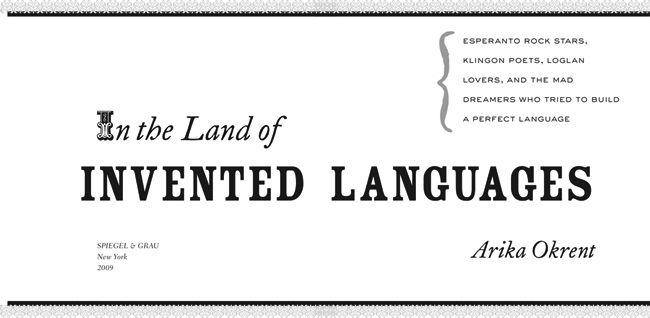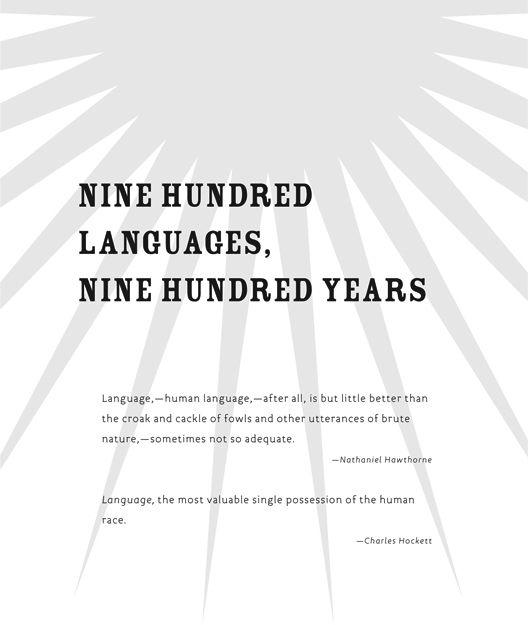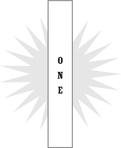Dedication


Scaring the Mundanes

Klingon speakers, those who have devoted themselves to the study of a language invented for the
Mark Shoulson, who has a wife and two children, doesn’t enjoy being talked about this way. “It’s okay to laugh about it, because it’s funny. It’s legitimate to laugh. Klingon has entertainment as part of its face value. But I do get annoyed at some of the ruder stuff.” Mark was my unofficial guide to the world of Klingon. When I met him, we lived in the same New Jersey town. I discovered this browsing the Internet, where I also found that he was assistant director of the Klingon Language Institute (KLI) and editor of the Klingon translation of
I wasn’t yet a Klingon speaker, and I wasn’t really planning on becoming one. I was a linguist who had developed a side interest in the subject of artificial languages, and I wanted to talk to Mark for research purposes. People really spoke Klingon—so claimed the Klingon Language Institute materials anyway—and I wasn’t sure what that meant. When people “spoke” Klingon, was it playacting? Spitting out little words and phrases and putting on a show? A charades-like guessing game where someone sort of cobbled together a message and someone else sort of understood it? Or was it actual language use?
If it was the latter, then this was something I needed to see for myself, because that would make Klingon something so remarkable as to be almost unheard of—a consciously invented language that had been brought to life.
Although we like to call language mankind’s greatest invention, it wasn’t invented at all. The languages we speak were not created according to any plan or design. Who invented French? Who invented Portuguese? No one. They just happened. They arose. Someone said something a certain way, someone else picked up on it, and someone else embellished. A tendency turned into a habit, and somewhere along the way a system came to be. This is how pidgins, slangs, and dialects are born; this is the way English, Russian, and Japanese were born. This is the way all natural languages are born—organically, spontaneously.
The variety of shape, pattern, and color found in the languages of the world is a testament to the wonder of nature, to the breathtaking array of possibilities that can emerge, tangled and wild, from the fertile human endowments of brain and larynx, intelligence and social skills. The job of the linguist, like that of the biologist or the botanist, is not to tell us how nature should behave, or what its creations should look like, but to describe those creations in all their messy glory and try to figure out what they can teach us about life, the world, and, especially in the case of linguistics, the workings of the human mind.
In libraries organized according to the Library of Congress call number system, linguists can usually be found in the stacks classified in the first half of the Ps, anywhere from subclass P, which covers general linguistics, to subclass PN, where “literature” starts. When I was in graduate school, I used to wander this territory, in a procrastinatory haze, noting how the languages covered by the intervening categories became more and more “exotic” the farther I got from PA (Greek and Latin). I would first pass through aisles and aisles of Romance languages, then Germanic, Scandinavian, English, Slavic. There at the end of the Slavic section, at PG9501, things would start to get interesting, with Albanian, followed by the offerings of PH—the Finno-Ugrics (Veps, Estonian, Udmurt, Hungarian), the mysterious Basque. By the time I got to PL, I would be far from Europe, drifting through Asia and Africa, lingering over A
The final subclass, PM, was a tour through the New World, starting with the Eskimo languages of Greenland and Alaska and proceeding southward through Tlingit, Kickapoo, and Navajo to the Mayan and Aztecan languages of Mexico and Central America, down across the Amazon, through the Andes and the plains of Brazil, until I reached the islands off the southernmost tip of South America with
At the very end of this lush orchid garden of languages there was one more section, where linguists don’t generally care to visit—a few lonely shelves of faded plastic flowers, the artificial languages.
Well, of course they were. If you plant a plastic flower, will it grow? So I was skeptical about the claims that Klingon—

